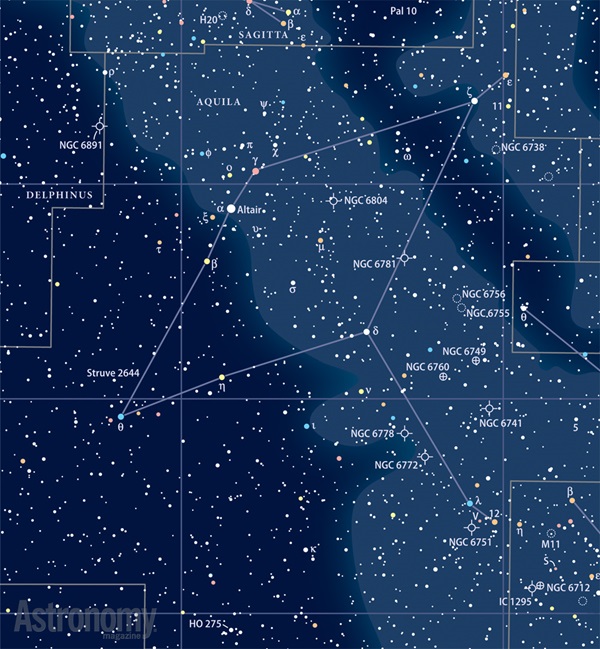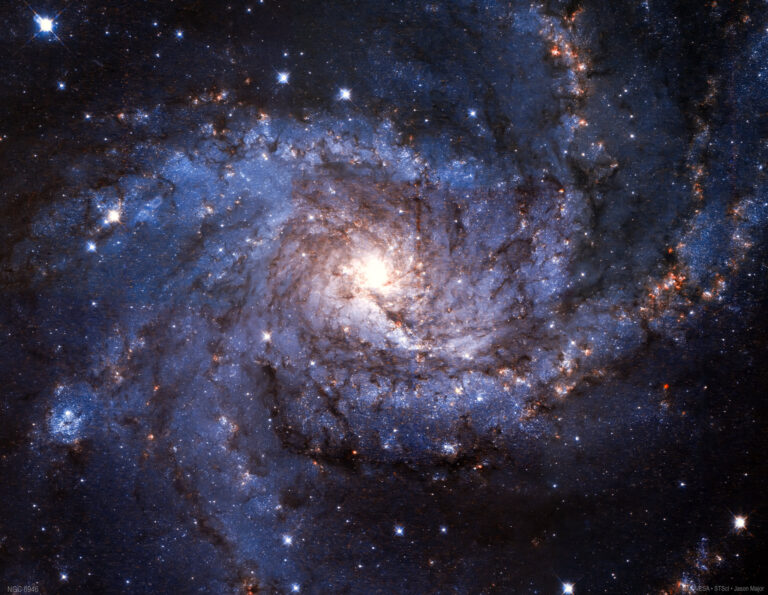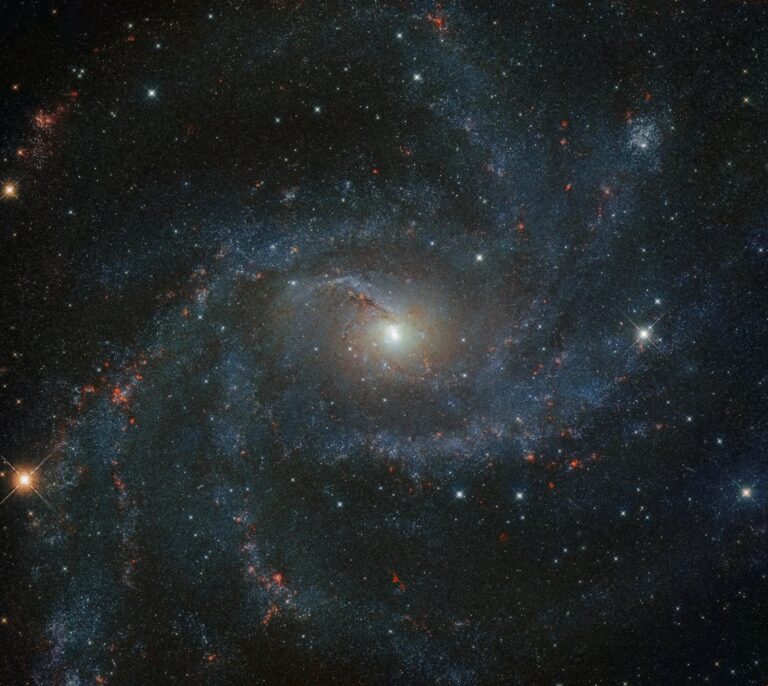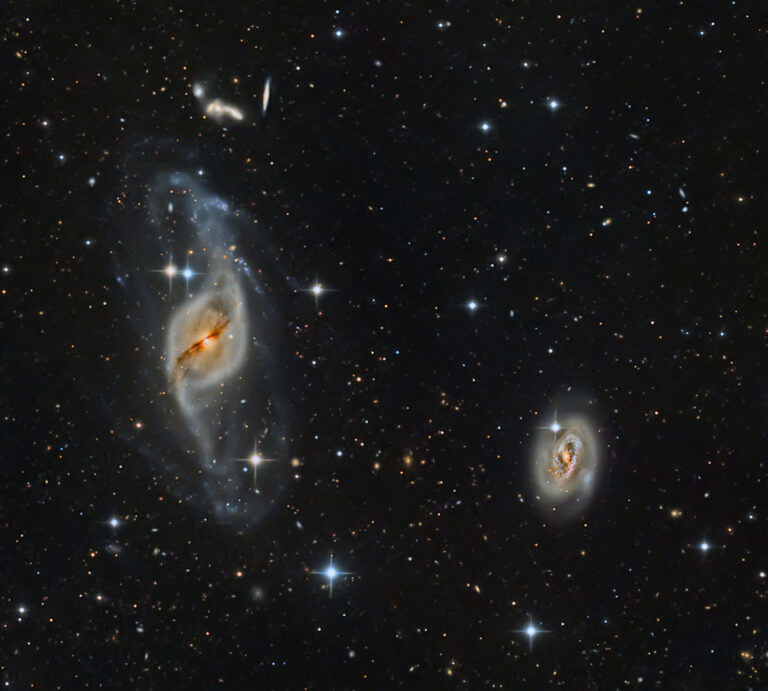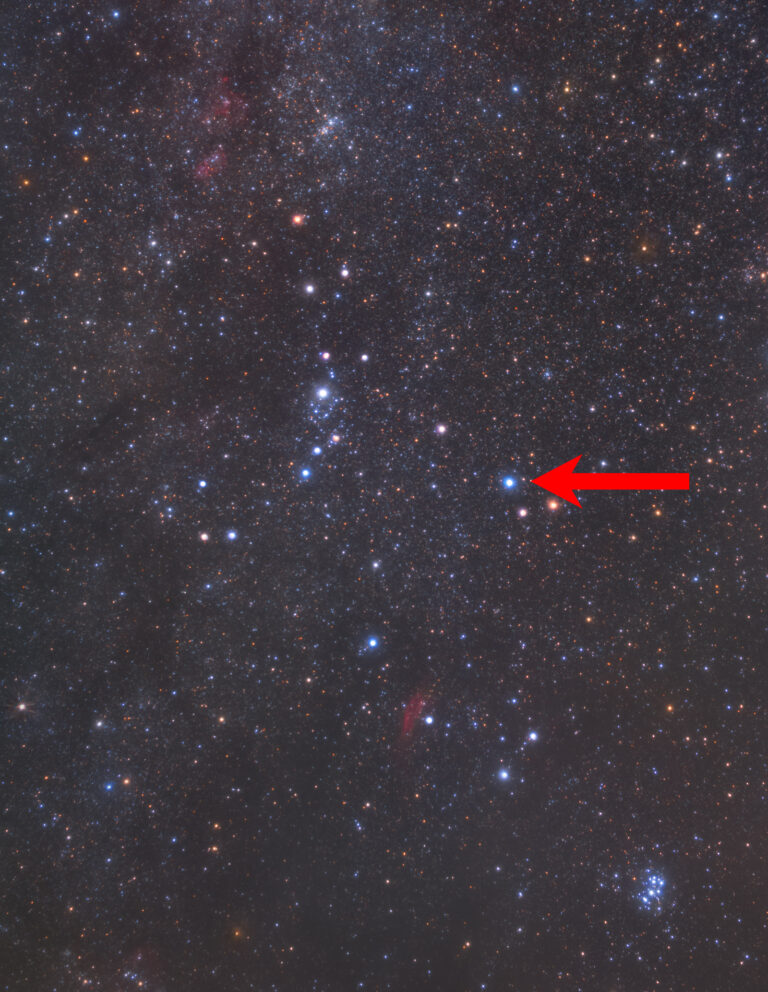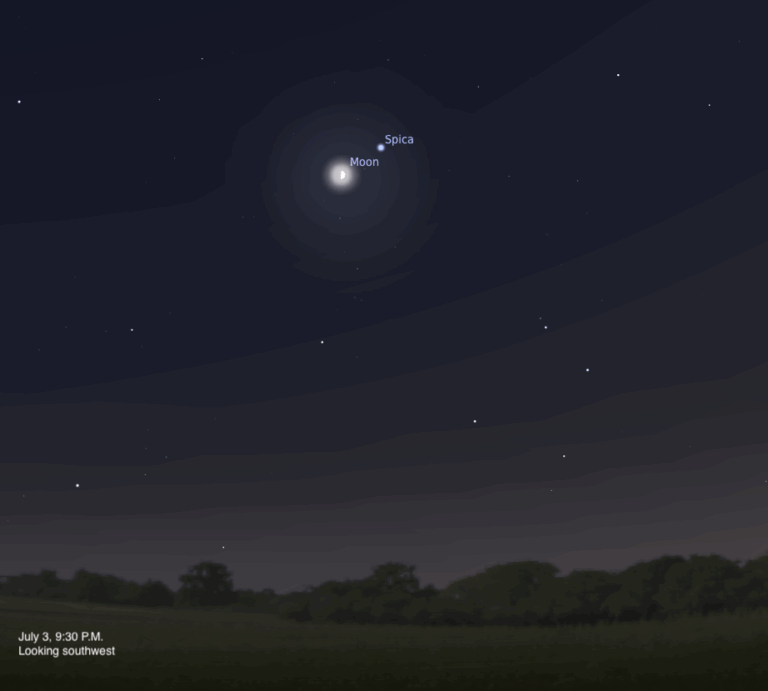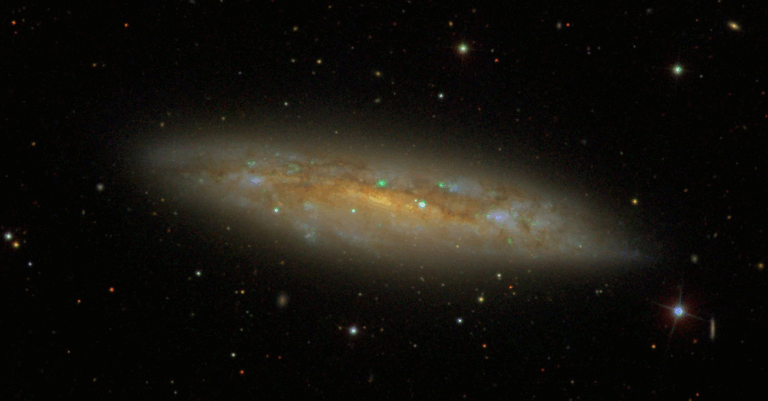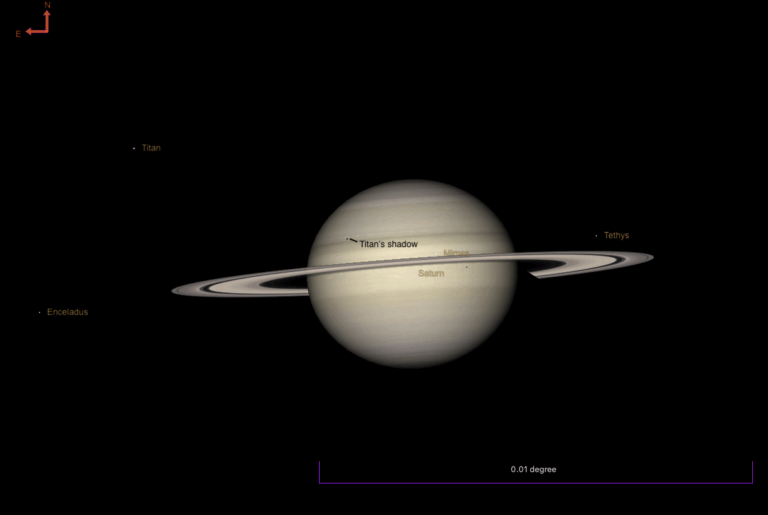Key Takeaways:
Although autumn arrives with the equinox this coming weekend, the famed Summer Triangle — a skywatcher warm weather favorite — remains prominent in the evening sky.
Look high in the west after darkness falls and your eyes will fall on the brilliant star Vega in the constellation Lyra the Harp.
At magnitude 0.0, Vega is the brightest member of the Triangle. The second-brightest star, magnitude 0.8 Altair in Aquila the Eagle, lies some 35° southeast of Vega. The asterism’s dimmest member, magnitude 1.3 Deneb in Cygnus the Swan, stands about 25° east-northeast of Vega.
For observers at mid-northern latitudes, Deneb passes through the zenith around 10 p.m. local daylight time, nearly 90 minutes after the last vestiges of twilight have disappeared.
Get outside and enjoy it now. Before long, the Orion the Hunter’s evening appearance will mark the return of winter skies.

